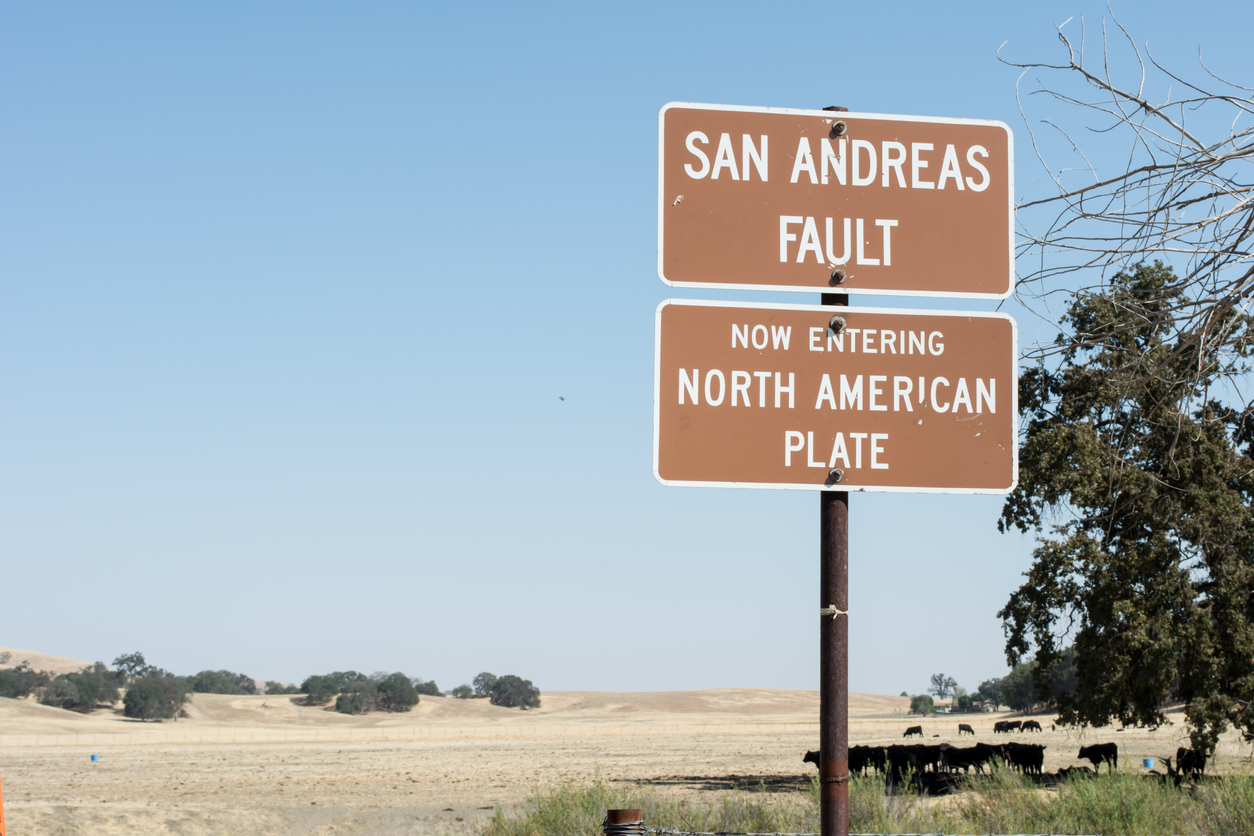If you own a condo in California, it’s a safe bet you are not covered against damage caused by an earthquake (“EQ”). EQ damage is typically an excluded peril under HO-6 and similar condo policies. EQ coverage is required to be offered, but only about 15% of condo owners choose to pay an additional premium to cover this peril despite reports1 that within the next 30 years, there is (1) over a 99% chance that one or more M6.7 or greater EQs will strike somewhere in California; (2) a 75% chance one or more M7.0 or greater EQs will strike Southern California; and (3) a 76% chance one or more M7.0 or greater EQs will strike Northern California.
The California Earthquake Authority (“CEA”) is the largest seller of residential EQ insurance in the state. If you are offered a policy, more likely than not, it will be a CEA form (BEQ-6B) offered through a participating residential insurance company (such as Allstate, AAA, Farmers, or Nationwide). But beware – a CEA policy does not simply add on EQ coverage as a covered peril; it provides only limited coverage and likely operates differently than your primary “companion” condo policy. In fact, your companion policy, required to provide fire insurance for the property, must be issued by the same company issuing the CEA policy and must be in effect, or the CEA policy is void.
Other terms also vary greatly from a companion condo policy, so be sure to read the full policy. For starters, CEA condo policies provide for optional coverage groups that can be mixed and matched, each with its own deductible requirements depending on your selection. The deducible amount per coverage, expressed as a percentage of each coverage limit, must be met for each individual coverage. For instance, if your deductible for building property is $10,000 and your deductible for personal property is $5,000, you will not be paid for your personal property unless more than $5,000 of covered personal property was damaged despite building property damage of $50,000.
Below highlights some of the coverages and limits provided and provisions to be aware of in a CEA policy:2
Coverage A – Building Property
In order to determine whether building property is covered under your CEA policy, two important documents must be reviewed:
- The association governing documents – to determine if you have an obligation to repair or maintain the property; and
- The association master policy – to determine whether it covers your property for the risk of EQ
Two basic categories of building property are covered under a CEA condo policy. The first is property that is part of the structure and contained within the dwelling unit (such as built-in appliances, fixtures, alterations, and improvements), wall-to-wall interior carpeting, and real property that pertain exclusively to that unit (other than chimneys). The second category is only covered if the insured has an obligation under the governing documents to maintain the property and includes plumbing pipes and utility services enclosed in the walls, ceiling, or floors, as well as equipment and utilities service structures outside the perimeter walls but within the common interest development, and finally, chimneys up to $10,000.
CEA condo policies also provide an additional $1,500 for emergency services and an additional 5% for debris removal. Payments under this policy are limited by the insurable interest and whether benefits are available under an association master policy. You’ll notice below that the available limit options may not allow you to insure to value.
Available Limit Amounts: $25,000; $50,000; $75,000; $100,000
Policy Deductible Options: 5%; 10%; 15%; 20%; 25%
Coverage C – Personal Property
Adjustment under this coverage shares similarities with your companion [fire] policy. Recall, though, that the separate deductible applies. Further, and perhaps contrary to expectations, breakable items are excluded under this coverage but may be added by endorsement (CEA 04A 01-2016). Breakable items include glassware, crystal, china, ceramic, pottery, and porcelain items for serving, as well as figurines, vessels, cases, and other ornamental items.
Available Limit Amounts: $5,000; $25,000; $50,000; $75,000; $100,000; $150,000; $200,000
Policy Deductible Options: 5%; 10%; 15%; 20%; 25%
Coverage D – Loss of Use
CEA condo policies offer coverage for Loss of Use and Loss of Rents. In most CEA policies, your individual dwelling must be deemed “unfit to live in” for this coverage to be triggered. However, given the unique ownership nature of condos, Loss of Use benefits are also payable if the insured is forced to vacate their dwelling due to EQ-related repairs to other units in the same development.
This coverage does not have a deductible.
Available Limit Amounts: $1,500; $10,000; $15,000; $25,000; $50,000; $75,000; $100,000
Coverage E – Loss Assessments
CEA Condo policies offer Loss Assessment coverage. A loss assessment is a demand by an association of owners requiring you to pay for damage to commonly owned property. Coverage E allows for payment up to the stated limit for EQ-related damage, not otherwise excluded.
In some situations, the association of owners may elect not to repair the damaged property or may be prevented from repairing the property. The resulting reduction in fair market value may be covered if: (1) the dwelling unit is unfit to live in or cannot be legally occupied, and (2) the result of the reduction in value is not due to a loss not covered.
Available Limit Amounts: $25,000; $50,000; $75,000; $100,000
Building Code Upgrades
Building Code Upgrades coverage is provided as additional insurance if Coverage A – Building Property is purchased; $10,000 of coverage is provided. Under Coverage E, building code upgrade coverage is also offered with a $10,000 sublimit.
Takeaway
If your condo is not currently insured against EQ, consider whether this coverage is right for you and, if so, ask your companion policy insurer what options are available. If you are already insured, it may be worthwhile to review your association’s master policy and the association governing documents to better inform your decision as to which coverages are needed and at what amounts. If you experience difficulty in adjusting an EQ claim, reach out to an insurance professional that will represent your interests for assistance.
________________________________________________________________
1 Field, E.H., and 2014 Working Group on California Earthquake Probabilities, 2015, UCERF3: A new earthquake forecast for California’s complex fault system: U.S. Geological Survey 2015–3009, 6 p., available at: https://pubs.usgs.gov/fs/2015/3009/
2 You can find this information, and more, in the CEA 2021 Claim Manual found here: https://www.earthquakeauthority.com/EQA2/media/PDF/for-adjusters/2021-Claims-Manual.pdf. Sample policies can also be found on the CEA Website: https://www.earthquakeauthority.com/




